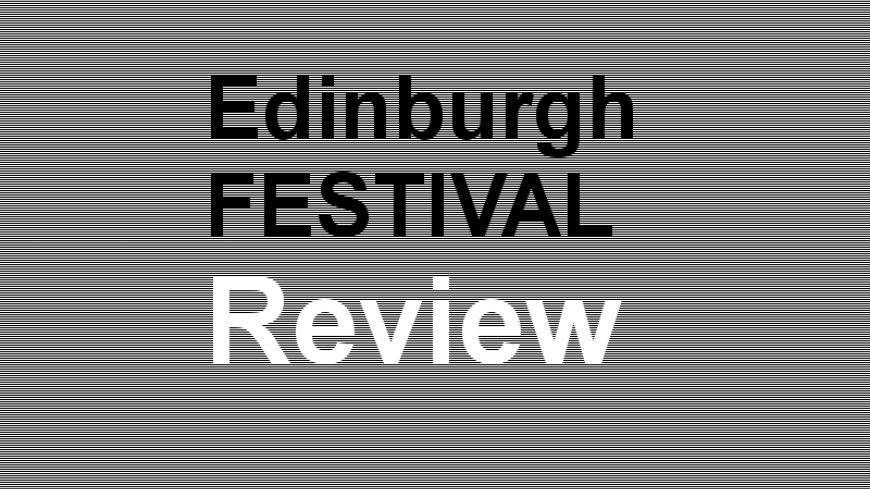
Professor Murray Pittock’s new work on Culloden seeks to scotch (pun partly intended) three principal myths surrounding the 1745 rising and the battle.
These are, namely, that the choice of ground was poor, that highland swordsmen proved no match for regular musketeers, and that the battle itself was not the final action of an Anglo-Scottish conflict, but of a civil war.
Professor Pittock began by pointing out that the choice of ground reflects conflicts within the Jacobite high command.
Lord George Murray had favoured form the outset of the rising an essentially guerrilla campaign based on holding at least part of Scotland until French intervention could provide enough support for small Jacobite forces.
At Culloden he came once more into conflict with both the Prince and Sullivan, the Prince’s Quarter-Master General. The ground preferred by Murray would have allowed retreat but not engagement, although in fact the battle came to be fought not where Sullivan would have preferred but about 1 Km closer to Inverness, in part due to the aborted night attack on Inverness, as Pittock shows in his book. That the site of the battle can be pinpointed with relative accuracy is largely due to recent archaeological work.
It has long been the presumption that the battle was one between Jacobite swordsmen and regular musketeers. However, it has also long been recognised that the Jacobites were largely armed with French and Spanish manufactured muskets, as well as having a number of British Land Pattern muskets by the time of Culloden. Professor Pittock argues convincingly that it was Government cavalry that defeated the Jacobites, who lacked significant numbers of cavalry throughout the campaign, as well as artillery to counter horsemen. It was also Government possession of cavalry that made the ensuing pursuit so devastating.
The myths that surround interpretation of the battle reflect changes in interpretation since the event; that it was seen by some as a Scotland-England conflict helped perpetuate the battle’s cultural memory until at least the 1960’s, when it came to be presented as part of a civil war between a regressive Highland Scotland and a progressive Lowland one.
It is perhaps only when the events of 1745-6 come to be seen as part – a relatively small part – of the wider conflict now generally known as the War of the Austrian Succession, and when more becomes known of the changes of opinion that led as many Scots gentry families to become active or passive Jacobites as seems to have been the case that we may gain a better understanding of this period. Some issues seems likely to remain reflections of personal politics – why, for instance are Government forces still often referred to as ‘Hanoverian’ when they were in fact part of the British Army establishment?
Murray Pittock 'Culloden' Oxford University Press, £18.99 ISBN 978-0-19-996470-8

